DT Swiss RRC 65 DiCut Wheels review
We first spotted prototypes of these wheels being tested by IAM Cycling at the Giro d’Italia. They are used by the pros, but how good are they? We put the DT Swiss RRC 65 DiCuts to the test.
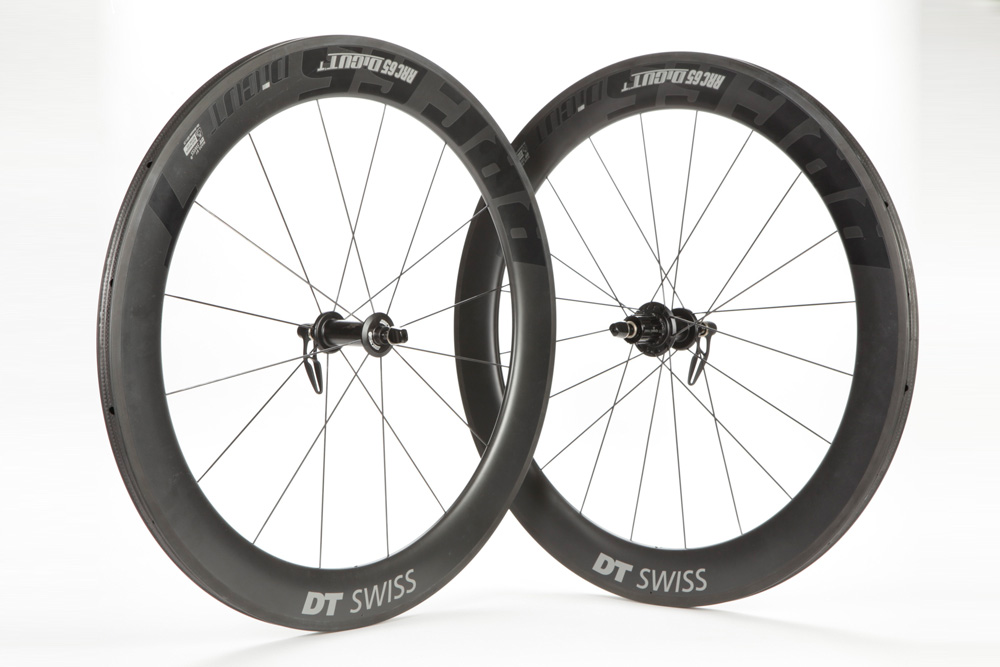
Best suited to racing and triathlon, the front is a good all round TT wheel too. Braking is very good and they roll beautifully. Although expensive they are a pro-level wheelset offering superb performance.
-
+
Superb quality
-
+
Very good braking for carbon wheels
-
+
Very quick engagement of freehub
-
+
Clever skewers
-
+
Wide rim
-
+
Stiff
- +
-
-
Expensive
-
-
Could be lighter
You can trust Cycling Weekly.
Having been developed with the IAM Cycling professional team and refined in the wind tunnel, the updated DT Swiss RRC 65 DiCut wheels feature wider rims, to accommodate bigger tyres and now feature a U-shape profile, which aims to provide a significant improvement in cross wind stability over the previous version.
>>> Buyer's guide to road bike wheels (video)
Another improvement over the previous version is the braking surface. DT Swiss were concerned about preventing delamination of carbon rims, something which can be caused by dragging the brakes, resulting in a significant build up of heat. This can cause the resin to melt, resulting in wheel failure.
>>> The DiCuts were first spotted being tested at the Giro d'Italia
To counter this the Swiss manufacturer told us that it "sets its own internal standard to a level far above the existing regulations, which include braking tests according to DIN EN 14781." In comparison to the previous RRC DiCut rims we improved the overall braking pressure by nearly 20%."
Included with the wheels are bags and Swiss Stop Black Prince brake pads, which DT Swiss recommends as the only pad you use, to ensure maximum breaking performance.
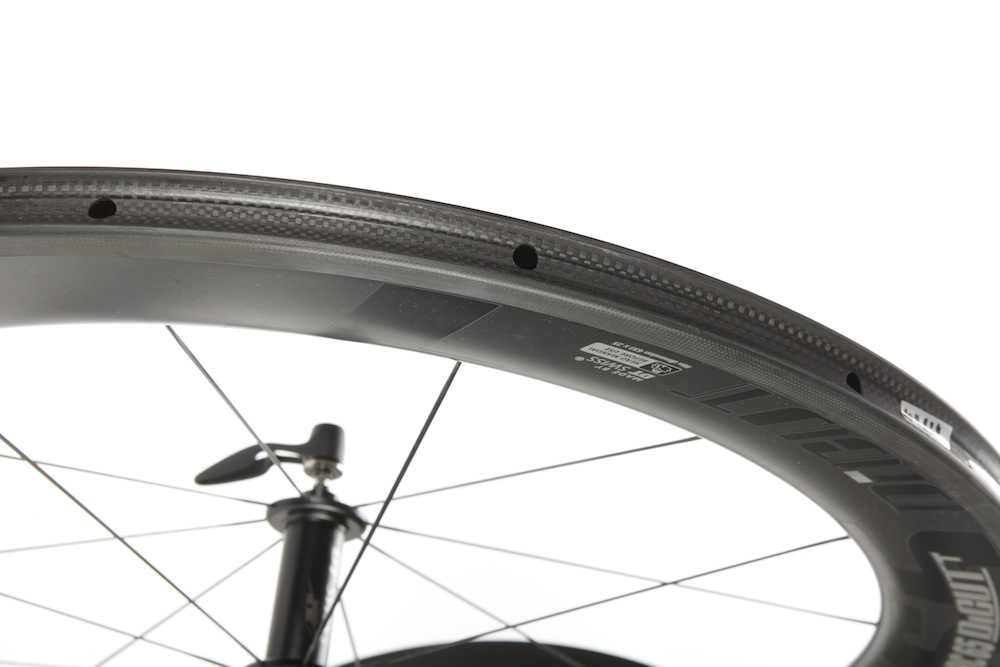
The result? The braking on these wheels is easily among the best we have experienced on carbon rims. They really bite. The brake track on lesser quality carbon rims often gives pulsing, inconsistent braking when under prolonged use, such as on a long descent. This can be caused by imperfections and inadequate heat dissipation. It is much harder to manufacture a perfectly flat braking surface from carbon than it is from aluminium.
>>> Do you need deep section wheels?
No pulsing was experienced here and it took a lot more braking stress too cook these rims than I have experienced on other carbon wheels. But, although these rank among the best carbon rims for braking, they are still carbon, meaning that as soon as the heavens open, you will be wishing for either an aluminium braking surface or disc brakes.
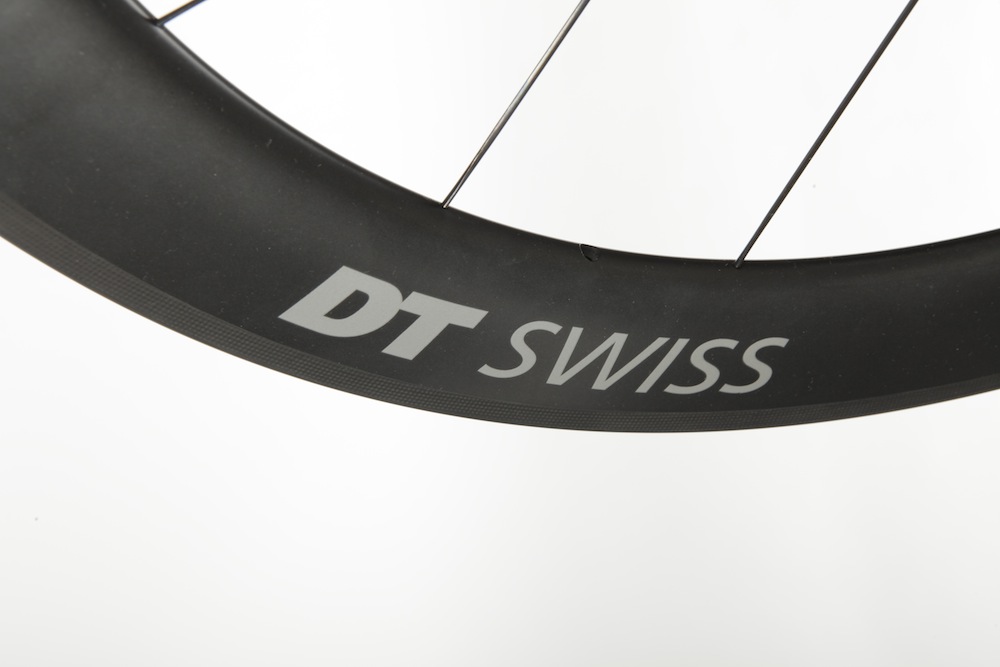
Having raced on these tubs, the reduced drag over a shallow rim is noticeable and the pickup when accelerating is excellent. This is in part down to the sublime hubs, ceramic bearings and relatively low weight, for such a deep wheel. Enve 6.7s are slightly lighter, but they are also more expensive and the braking is no where near as good.
>>> Buyer's guide to road bike tyres (video)

The 240 hubs roll beautifully, but there is also an option to choose the more expensive 180 hubs –I would argue you don't need to. Cross wind stability is much better than the previous version of the RRC 65, which would often catch a gust, something which was especially noticeable every time a lorry blasted past you on an A-road TT course.
The different parts of a road bike wheel explained
The RRC 65s are super stiff and ideal for criteriums. This is in part down to the Pro Lock aluminium nipples, which are claimed to allow for a higher spoke tension. The skewers are worthy of mention too. DT Swiss skewers are the best quick release on the market, with a ratchet design that allows you to pull out and turn the lever to the desired position after you have tightened it.

I tested the wheels with Schwalbe One 26mm tubs, which offer excellent grip but sit little wide on the 24.8mm rim. I chose this combination because IAM Cycling were using these tubs in the 2015 season. It is likely that a 24mm or 25mm tyre would be better for aerodynamics as this would sit flush against the rim.
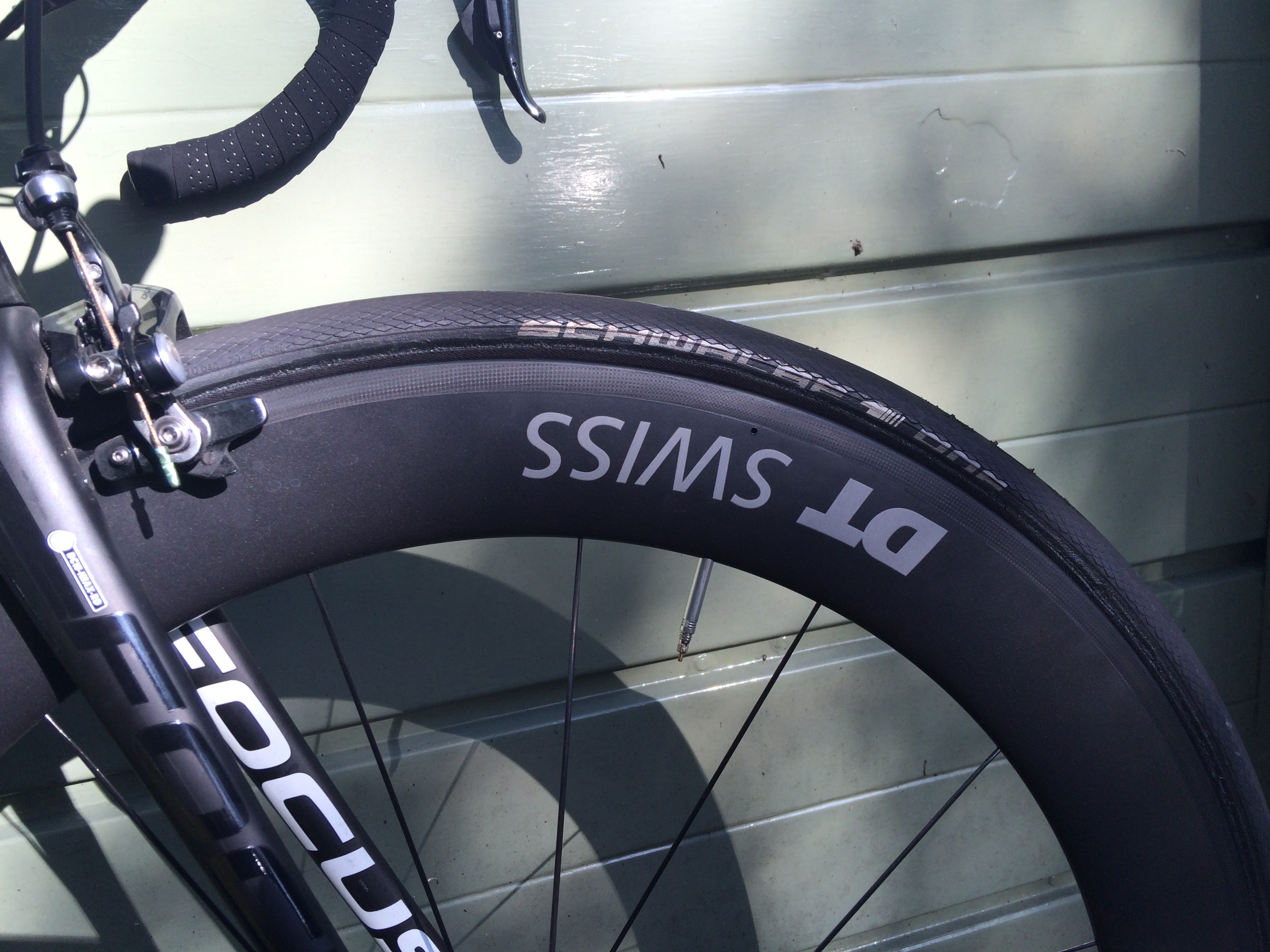
Purely subjective, but I think DT Swiss has played it safe with the decals. They are pretty understated, which will appeal to some riders, whilst others like flashy bling logos. I think the best thing would be to offer a choice, but at present the wheels are only available with the decals you see here.
>>> The best road bike upgrades
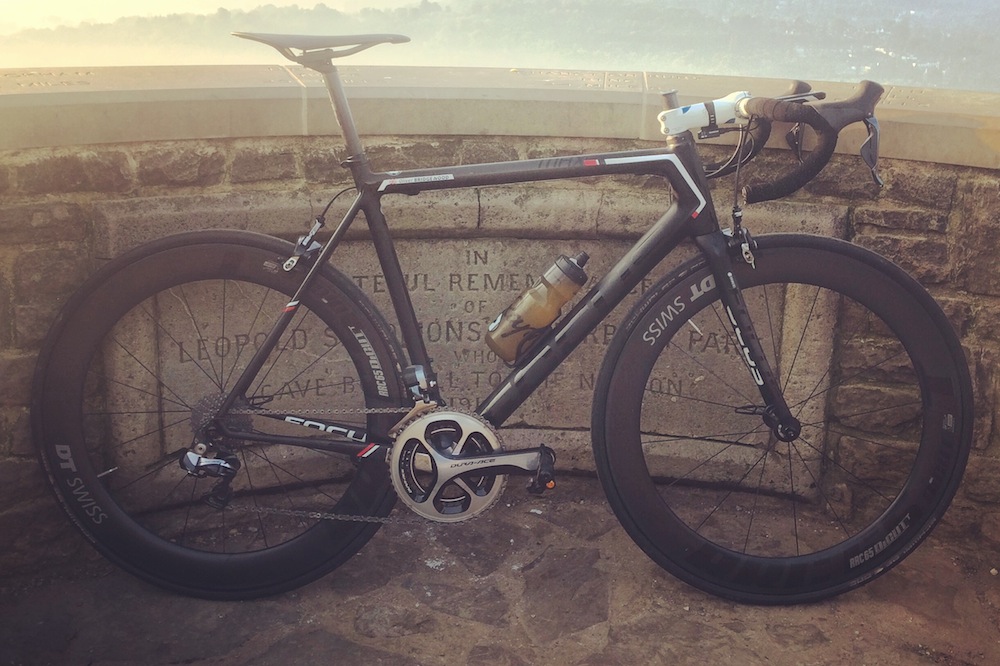
>>> How much speed can you buy?
While the tubular version will appeal mainly to racers, the clincher version comes tubeless ready and is slightly heavier (1550g). Although primarily designed for racing, time trials and triathlon, the wheels are still light enough to be used on hilly and even mountainous terrain. We took them into the mountains found they performed admirably. The only really downside to these wheels, is that they don't come cheap, but pro-quality often doesn't.
For more information you can head over to Hot-Lines and DT Swiss.

Thank you for reading 20 articles this month* Join now for unlimited access
Enjoy your first month for just £1 / $1 / €1
*Read 5 free articles per month without a subscription

Join now for unlimited access
Try first month for just £1 / $1 / €1
Get The Leadout Newsletter
The latest race content, interviews, features, reviews and expert buying guides, direct to your inbox!
Oliver Bridgewood - no, Doctor Oliver Bridgewood - is a PhD Chemist who discovered a love of cycling. He enjoys racing time trials, hill climbs, road races and criteriums. During his time at Cycling Weekly, he worked predominantly within the tech team, also utilising his science background to produce insightful fitness articles, before moving to an entirely video-focused role heading up the Cycling Weekly YouTube channel, where his feature-length documentary 'Project 49' was his crowning glory.
-
 A bike rack with an app? Wahoo’s latest, and a hub silencer – Sea Otter Classic tech highlights, Part 2
A bike rack with an app? Wahoo’s latest, and a hub silencer – Sea Otter Classic tech highlights, Part 2A few standout pieces of gear from North America's biggest bike gathering
By Anne-Marije Rook Published
-
 Cycling's riders need more protection from mindless 'fans' at races to avoid another Mathieu van der Poel Paris-Roubaix bottle incident
Cycling's riders need more protection from mindless 'fans' at races to avoid another Mathieu van der Poel Paris-Roubaix bottle incidentCycling's authorities must do everything within their power to prevent spectators from assaulting riders
By Tom Thewlis Published
-
 Man hands himself in to Belgian police after throwing full water bottle at Mathieu van der Poel during Paris-Roubaix
Man hands himself in to Belgian police after throwing full water bottle at Mathieu van der Poel during Paris-Roubaix30-year-old was on Templeuve-en-Pévèle cobbled sector when television pictures showed the bottle hitting him in the face
By Tom Thewlis Published